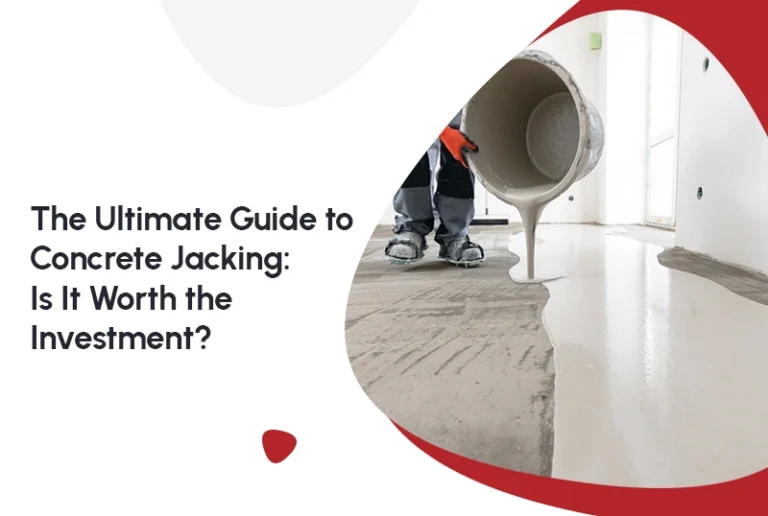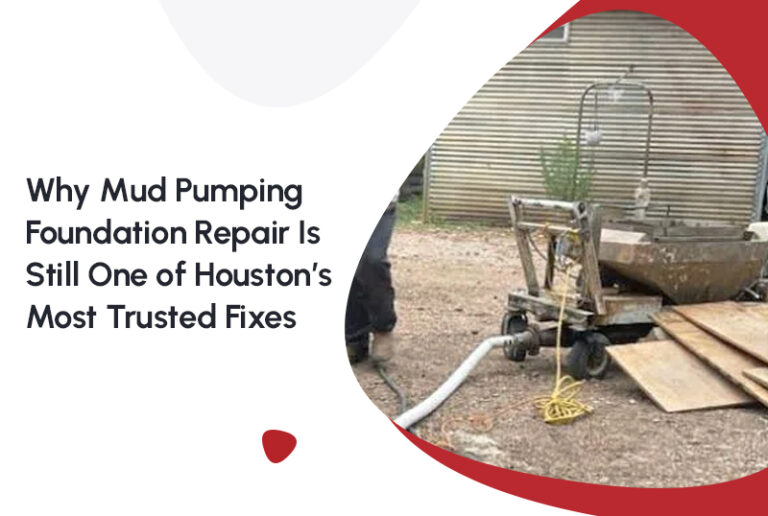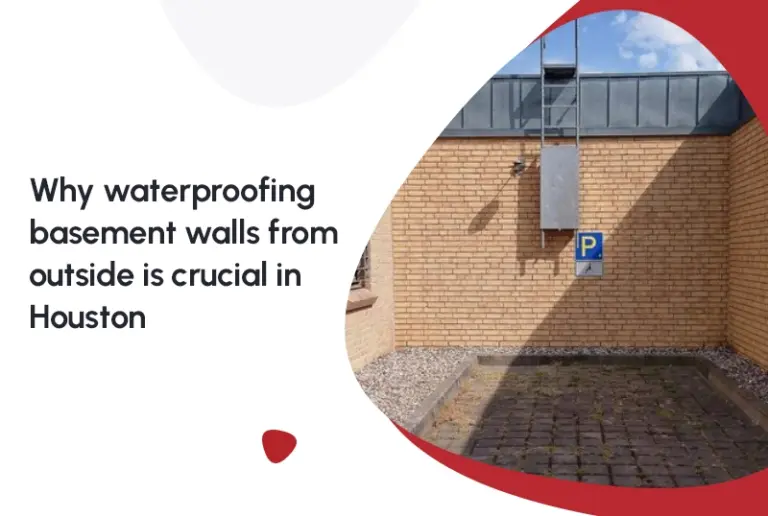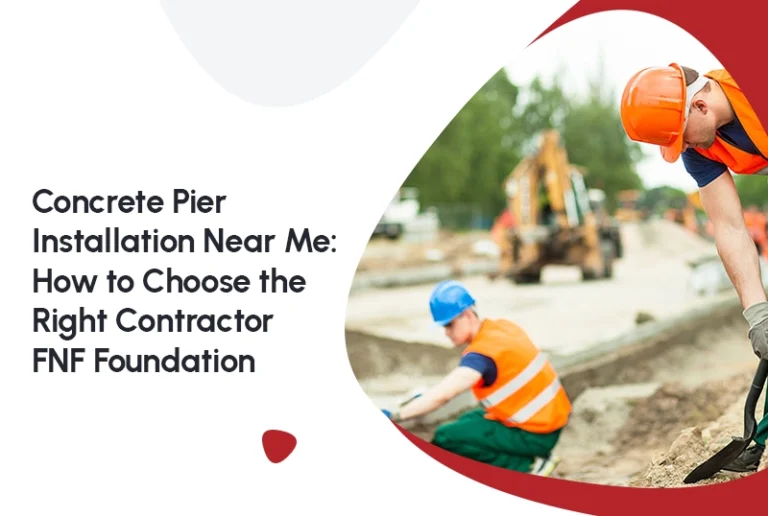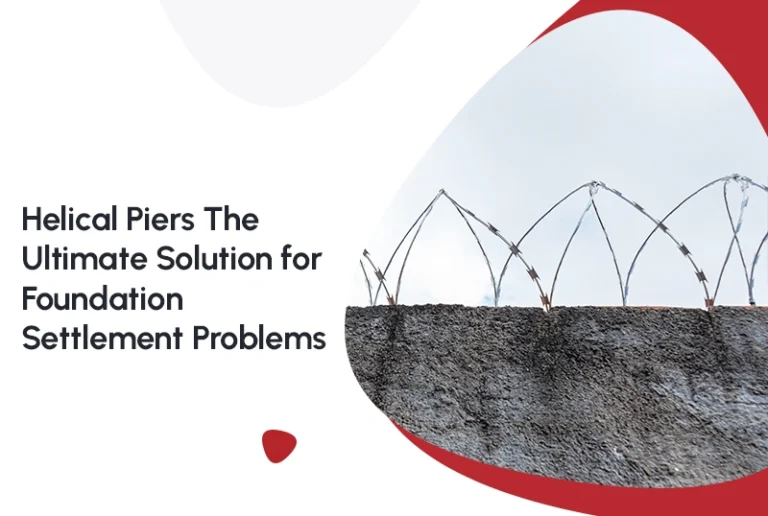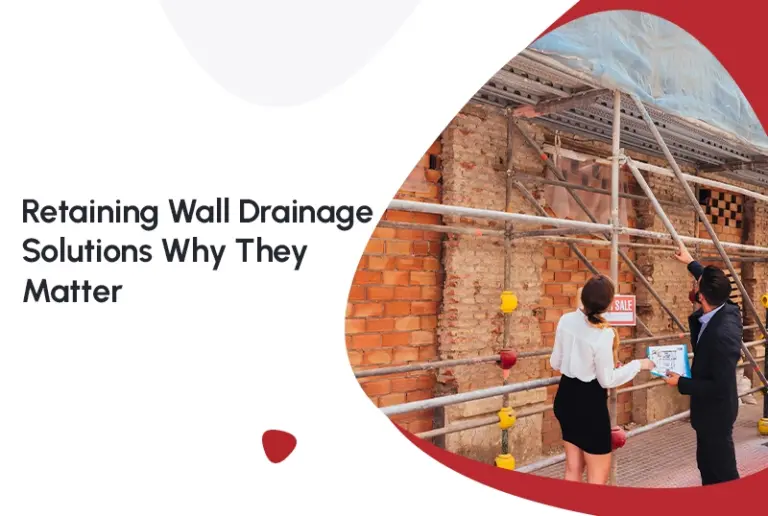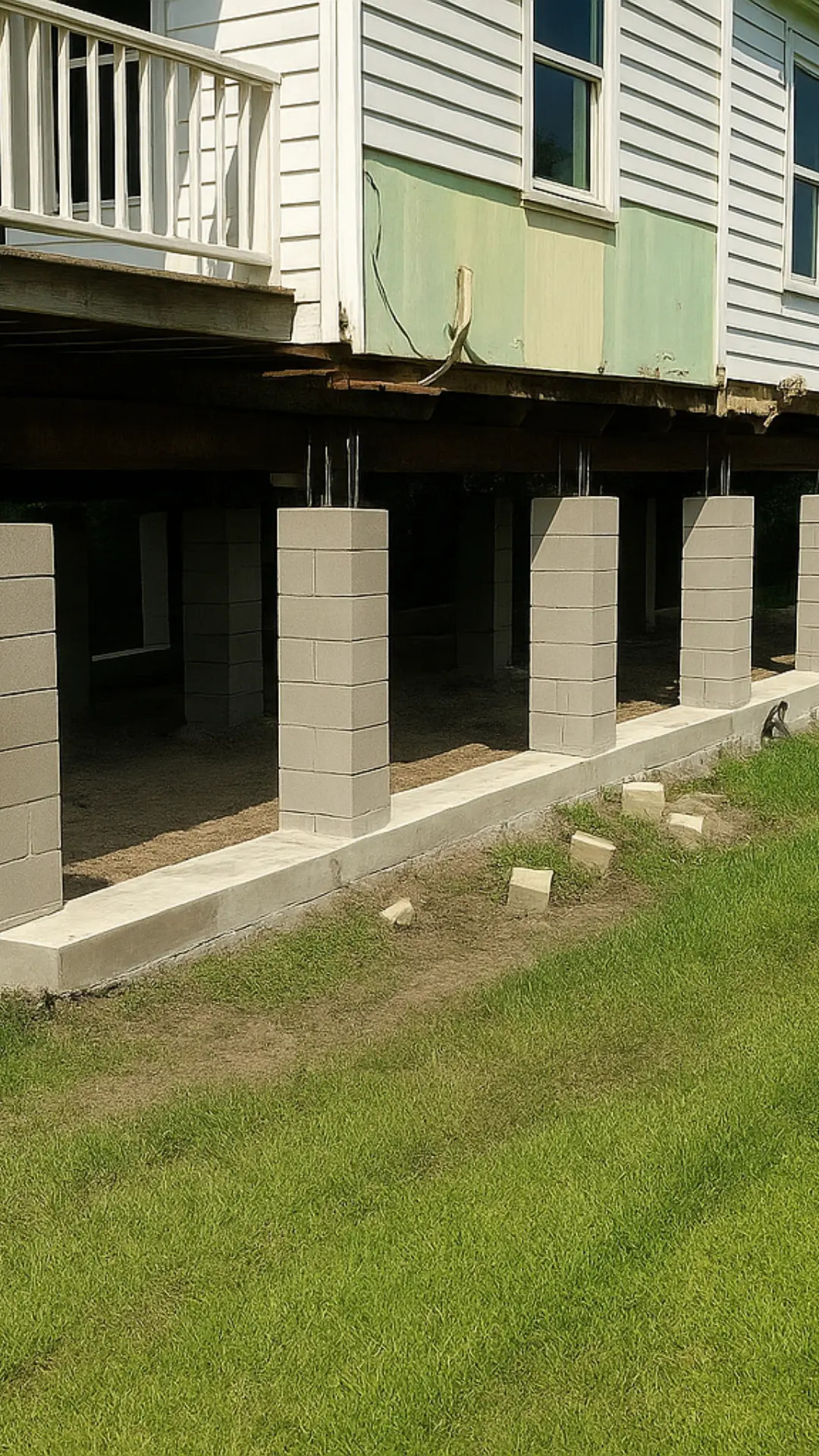Your home’s foundation is more than just concrete under your feet—it’s the support system that protects everything above it. In areas prone to soil movement, moisture fluctuations, and structural shifts, homeowners are increasingly turning to the concrete pier foundation as a long-lasting and stable solution. Whether you’re building new or repairing an existing foundation, this method provides unmatched support in challenging environments.
If you’re experiencing signs of damage such as sagging floors, wall cracks, or doors that don’t close properly, it may be time to consider this reliable solution. In this guide, we’ll walk you through what a concrete pier foundation is, how it works, when you might need it, and how it compares to other systems like Foundation Repair methods used across Texas.
What Is a Concrete Pier Foundation?
A concrete pier foundation uses cylindrical supports made from poured concrete to stabilize a structure. These piers are drilled deep into the earth until they reach a load-bearing soil layer or bedrock, bypassing the unstable surface soils that often cause foundation movement. Once in place, these piers support the weight of the structure above, distributing the load evenly and preventing further settling.
This type of foundation is commonly used in:
- New home construction on sloped or unstable terrain
- Homes affected by soil erosion or expansive clay
- Structural repair projects where sagging or shifting has occurred
Concrete piers are particularly valuable in Texas cities like Houston, where expansive clay soils can wreak havoc on slab foundations. That’s where Pier & Beam Foundation Repair and pier systems can make a big difference.
Key Benefits of a Concrete Pier Foundation
The concrete pier foundation offers several benefits over traditional slab or shallow footing systems:
1. Deep Structural Support
Concrete piers extend far below the surface into solid strata, ensuring greater resistance to soil movement. This reduces the likelihood of settling or shifting that can crack slabs or misalign walls.
2. Adaptable for Repairs or New Builds
Whether you’re building a home or reinforcing an old one, concrete piers can be tailored to suit both applications. They are especially effective in retrofitting older homes showing signs of failure.
3. Works Well in Expansive Soils
Texas clay expands during heavy rain and contracts during drought, creating stress on slab foundations. Concrete piers offer consistent support by anchoring below the active soil layer.
4. Longevity & Durability
With minimal maintenance, a properly installed concrete pier system can last 50+ years, making it a cost-effective long-term solution.
Signs You Might Need a Concrete Pier Foundation
Understanding when a concrete pier foundation is needed can help you take action before severe damage occurs. Look for these warning signs:
- Visible cracks in walls or ceilings
- Doors and windows that stick or won’t close
- Gaps between floors and baseboards
- Uneven or sloping floors
- Water pooling near the base of your foundation
If you’ve noticed these symptoms, it’s time to call in a specialist for an inspection. The earlier you catch foundation problems, the less invasive—and less costly—the repair process will be.
Midway through your assessment, you may also want to consider other related options such as Concrete Slab Foundation Repair, especially if your home was built on a slab and is experiencing uplift or settling.
How Concrete Piers Are Installed
Installation of a concrete pier foundation typically follows these key steps:
1. Site Inspection and Evaluation
A structural engineer or foundation specialist evaluates the soil conditions, load requirements, and the scope of damage to determine the number and placement of piers.
2. Drilling and Excavation
Holes are drilled at strategic intervals, often 8 to 15 feet deep, depending on the structure and soil. This ensures that the piers reach a stable load-bearing stratum.
3. Rebar Placement
Steel reinforcement bars are placed into the holes to strengthen the poured concrete.
4. Pouring Concrete
High-strength concrete is poured into the shafts. It’s critical that the concrete is allowed to cure fully—usually over several days—before any load is transferred.
5. Load Transfer and Backfill
Once cured, the weight of the home is slowly and carefully transferred onto the piers. The surrounding soil is then compacted and backfilled.
This process can take anywhere from 3 to 10 days depending on the size and complexity of the project. When compared to other methods like Pier & Beam Foundation Repair, the concrete pier method is more invasive but provides deeper and more stable support.
Costs Involved in Concrete Pier Foundations
The cost of installing a concrete pier foundation depends on several factors, including:
- The number of piers required
- Soil conditions
- Depth of each pier
- Accessibility of the site
- Extent of existing damage
Average Cost Per Pier: $1,000–$2,500
Total Repair Cost Range: $7,500–$25,000+
Though the upfront cost may seem significant, a concrete pier system is an investment that saves money over time by preventing future foundation issues, cosmetic damage, and structural failures.
Comparing Concrete Pier Foundations with Other Systems
Let’s take a look at how concrete piers compare with other common foundation options:
| Feature | Concrete Piers | Concrete Slab | Pier & Beam |
| Soil Resistance | Excellent | Poor | Moderate |
| Longevity | 50+ years | 20–30 years | 30–50 years |
| Ideal Soil Conditions | Expansive, unstable soils | Stable, dry soils | Soft soils |
| Repair Invasiveness | Moderate | High | Low to Moderate |
| Accessibility | Difficult | Easy | Easy (crawl space access) |
Each system has its benefits, but in most high-risk soil zones, the concrete pier foundation provides the most peace of mind.
Common Pros and Cons
Pros:
- Extremely durable and long-lasting
- Provides deep and stable support
- Customizable for specific soil conditions
- Ideal for both repairs and new construction
Cons:
- Higher upfront cost than some alternatives
- Requires professional engineering and installation
- Takes longer to install than surface-level repairs
Why Choose FNF Foundation for Concrete Pier Solutions?
FNF Foundation is your trusted partner for expert Foundation Repair, including concrete pier installations. With years of experience handling Texas soil conditions, our team provides lasting solutions that strengthen your home from the ground up.
We evaluate every structure carefully, recommend tailored solutions, and use high-grade materials designed for longevity. When you choose FNF Foundation, you’re choosing safety, reliability, and peace of mind.
Final Thoughts
A concrete pier foundation is more than just a structural solution—it’s long-term protection for your most valuable asset: your home. Whether you’re building from scratch or repairing after years of settlement, piers offer the deep, stable support needed to withstand Texas’ unique soil conditions.
Don’t wait until cracks start growing or floors begin to sink. Early action can save you tens of thousands in future repairs. Make the smart move and consult with a trusted expert today.
For dependable, professional solutions, contact FNF Foundation and let us support your home—literally.
FAQs (Frequently Asked Questions)
1. Are concrete piers better than steel piers?
Concrete piers are more cost-effective and ideal for lighter residential structures. Steel piers may be better for very deep foundations or commercial buildings.
2. How deep are concrete piers installed?
Typically between 8–15 feet, depending on soil conditions and load requirements.
3. How long does the installation take?
Usually between 3 to 10 days based on the number of piers and job complexity.
4. Will insurance cover concrete pier installation?
Most home insurance policies don’t cover foundation repairs unless caused by a covered peril, like a plumbing leak. Check your policy for details.
5. Can I install concrete piers on my own?
No. Proper installation requires engineering knowledge, specialty equipment, and experience to ensure stability and compliance.

